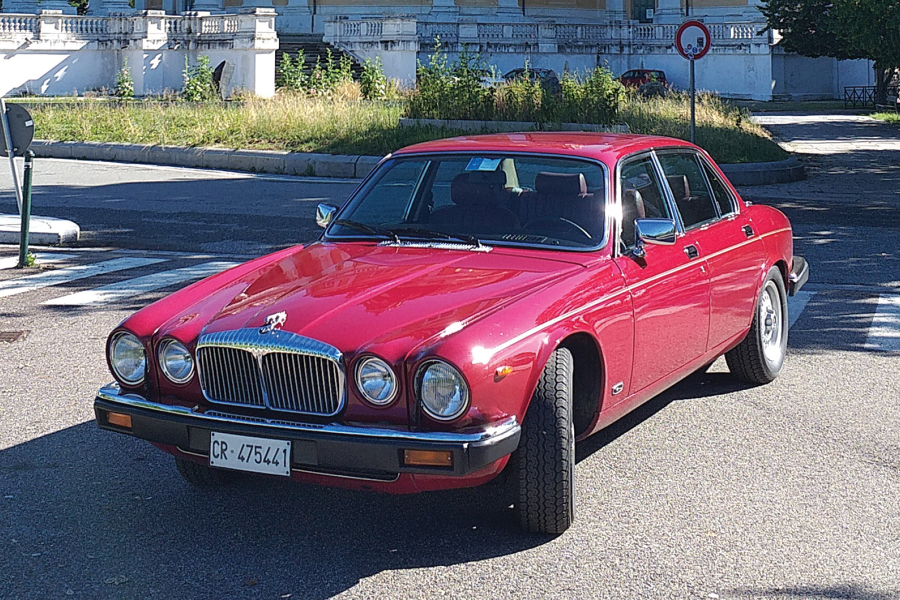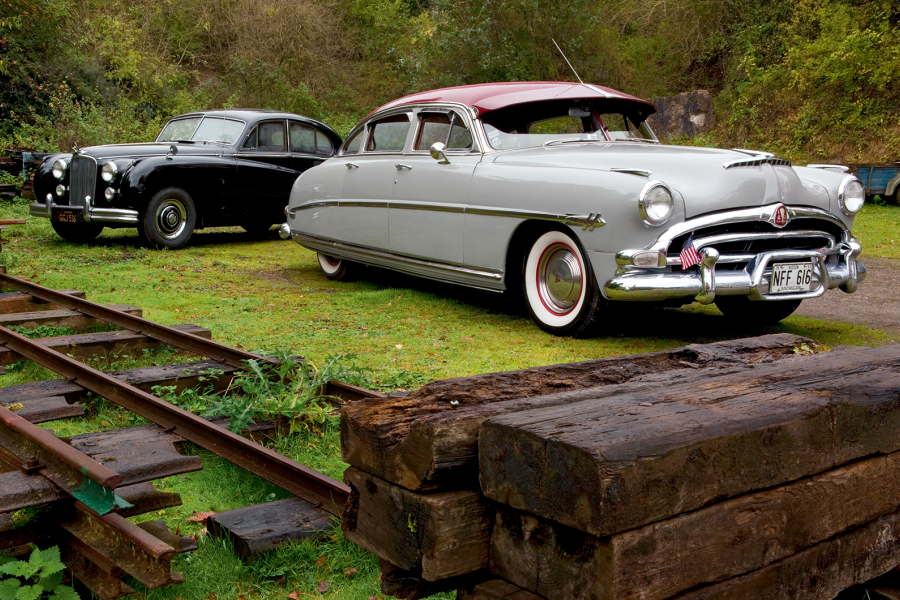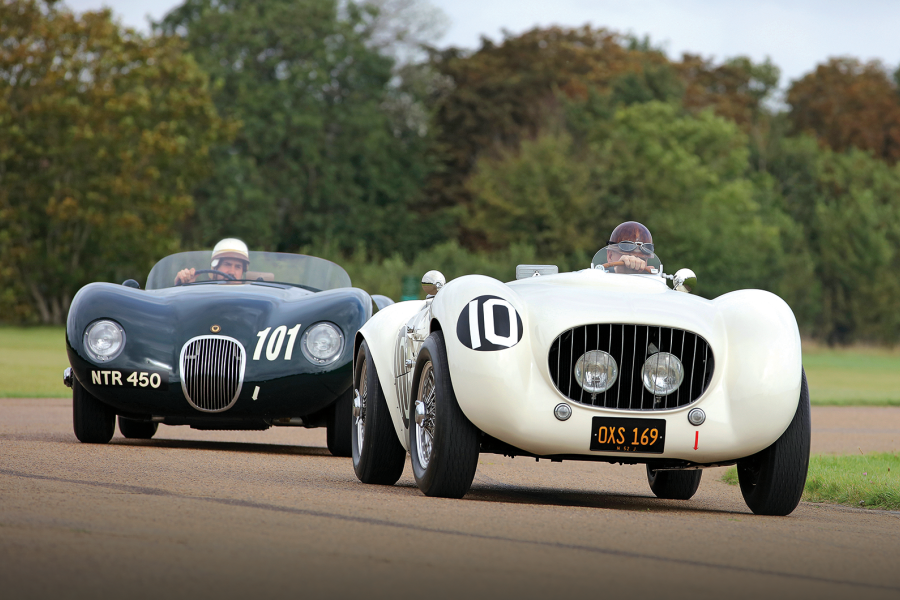
Why you’d want a Jaguar E-type Series 1, S1.5 or S2
Values of E-type Jaguars have been all over the place in recent years, as early cars became hyped beyond belief and started to pull all of the other models up with them.
The market has now cooled – some people inevitably had their fingers burned financially – but the good news is that E-types are brilliant fun to drive and, well sorted, can be reliable and inexpensive classics to run.
They were built down to a price by sharing components with saloon models and, with a very active spares scene today, virtually all parts are available. Most at very reasonable prices. Specialists are working to improve poor-quality pattern parts and availability is better than ever.
Restoration and body repairs are expensive – E-types were hand-finished when they were new, and a part from one car won’t necessarily fit the next one off the production line – so be very wary about purchasing a project unless you are happy to do much of the work yourself, or you can negotiate a good price.
Stupid sums have been paid for some restoration projects: they should only command a premium if they are exceptionally rare examples, and exceptionally original.
Cars run into the ground 30 years ago after 30 years of hard use and numerous modifications and bodges are simply not worth more just because they’ve been standing in a barn or garage untouched for three decades.















